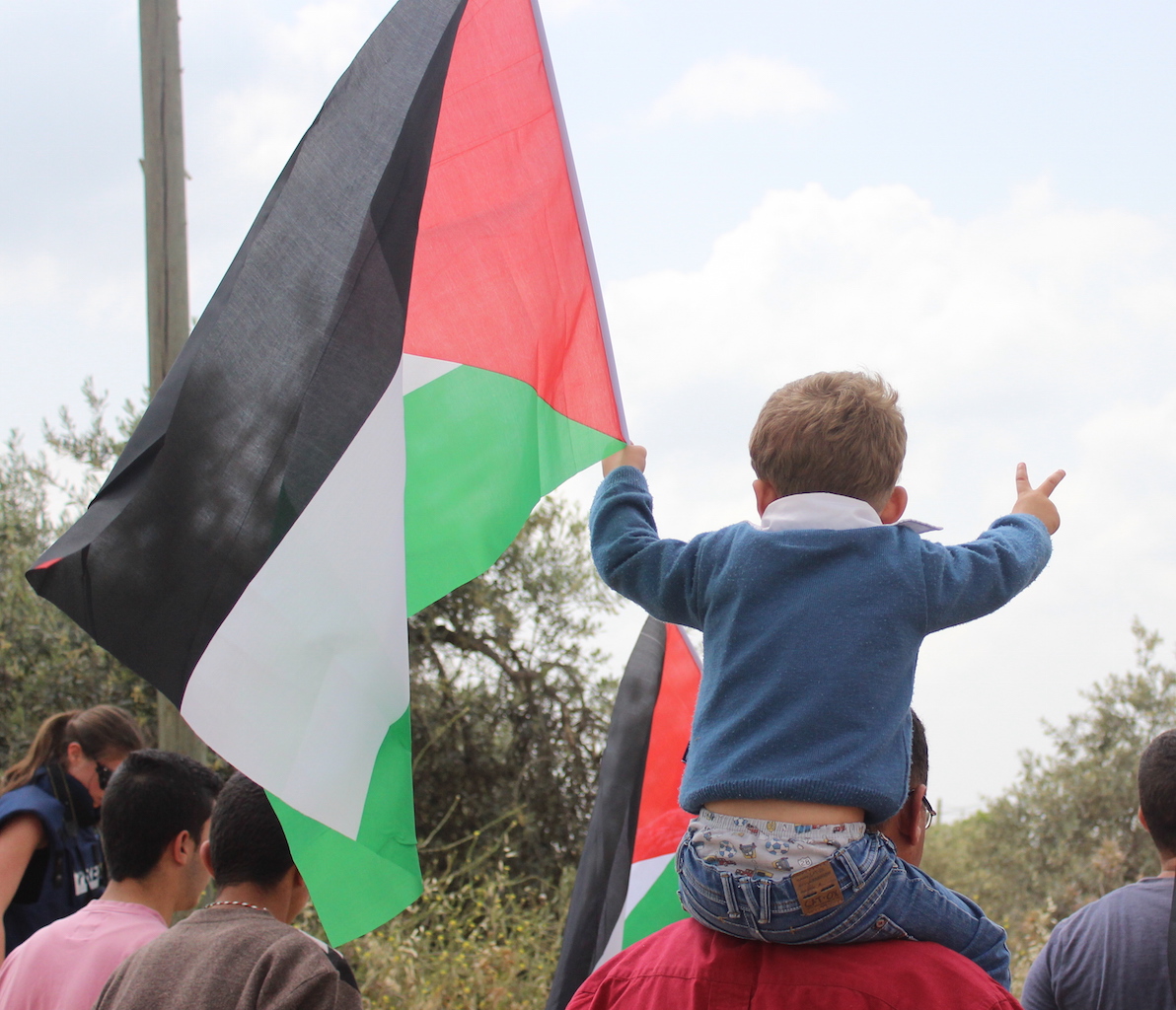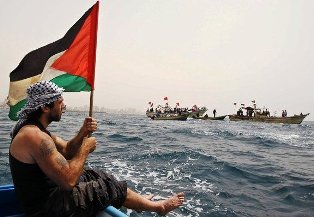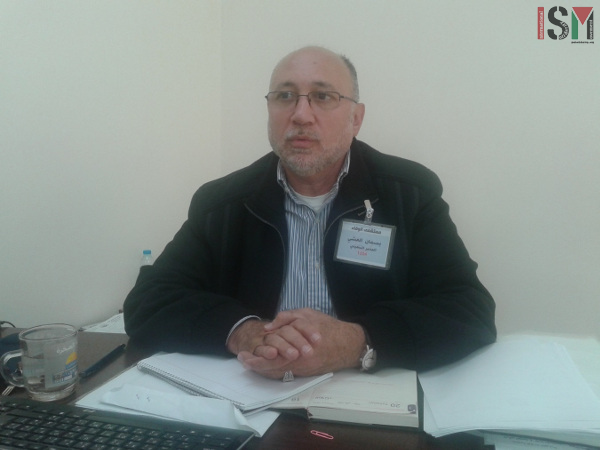Author: ISM Media
-
Prisoners’ day at weekly Bil’in demonstration
17th April 2015 | International Solidarity Movement, Khalil Team | Bil’in, Occupied Palestine Over 300 people attended the Prisoners’ Day demonstration in Bil’in. The Israeli army fired endless amounts of teargas and shot one person in the chest with a live ammunition. After the prayer, protesters marched towards the apartheid wall and the illegal settlement…
-
Four years ago we lost Vik
“History is us. History is not cowardly governments with their loyalty to whoever has the strongest military History is made by ordinary people everyday people, with family at home and a regular job who are committed to peace as a great ideal to the rights of all to staying human. History is us who risked…
-
Interview with Dr. Basman Alashi in Gaza
11th April 2015 |Valeria Cortes, International Solidarity Movement, Gaza Team | Occupied Palestine “You corner me, you kill me, and on top of that you ask me not to defend myself. Human beings in this world have the right to defend themselves. We, as Palestinians, have the right to defend our land and our families by all…



